Twelve years ago, it kicked in and five years ago I finally received the diagnosis. Ehlers-Danlos Syndrome (EDS) is an umbrella terms for a genetic connective tissue disease with over thirteen different subtypes. Connective tissue is the tissue that supports, connects, and separates all the different systems in your body. In Ehlers-Danlos, collagen is weakened, causing serious issue with multiple bodily systems and organs. Your aorta droops and dissects. Your vascular system is like tissue paper. Your joints dislocate multiple times a day. You are usually extremely flexible. It’s hypothesized that Houdini had EDS. Your spine curves and herniates. Your stomach forgets to work. The very collagen in your eye degrades. Your skin is velvety and fragile, pleasing to the touch but easily scarred and hard to heal. And, for reasons that have yet to be proven, Ehlers-Danlos predisposes you to orthostatic tachycardia, mast cell disease, and a host of other strange immunological diseases.
Ehlers-Danlos is extremely rare, appearing in as few as 1 in 40,000 people. It is considered one of the most painful conditions in the world, ranked next to Complex Regional Pain Syndrome and bone cancer. It is degenerative; and it is, as of today, incurable. There are plenty of experimental therapies and symptom alleviating medicines you can “try”. Diet and exercise seem to play crucial roles in cardiac and vascular symptoms. But the burden of pain management and multiplying contingent conditions largely rests on symptoms and the motley crew of specialists they assemble to try and keep their body from literally falling apart. Why is so little known about EDS and how to heal/cure it? Lack of funding. Lack of research. The rarity of the disease means that it receives little attention.
But characterizing the condition generally isn’t helpful. It blooms differently in every body. It teaches us our limitations, shifts our personal narratives. It is necessarily anecdotal. I want to talk about those first two agonizing years of being ill. In-between specialist offices, hospital stays, and ambulance rides, totally depleted, I would often crawl outside and go lie down on the dirt. In the grass. Ego-drained, pinned to the present moment by pain so intense it erased any sense of linear time, I would watch spiders trapeze between blades of sedge, rainwater leaking through decaying leaves, and milky strands embracing, probing, and digesting fallen branches. It was the white rot that fascinated me the most. And the puffballs. And the fluorescent orange “witch’s butter” bubbling out of a tree trunk. Sometimes, immobilized by IVs in another emergency room, I would close my eyes and try to imagine I was back in the dirt. Or better yet, buried in it.
It didn’t take me long to realize that the beings I was most fascinated with were, in fact, connective tissue: mycelium. And mycelium – better known as mushrooms and their below ground fungal rhizomatic systems – are similarly underfunded and researched. Yet, over 90 percent of plants depend on mutualistic relationships with rhizomatic fungi. The research of forest ecologist Suzanne Simard has shown that rhizomatic fungi fuse with tree roots and connect whole forests, transmitting nutrients, bacteria fighting compounds, and sending warning signals. Fungi constitute healthy soil. And only healthy soil can sequester carbon, reducing the buildup in our atmosphere. But persistent monoculture and the use of pesticides and chemical fertilizer have contributed to massive soil loss and the release of carbon from the dirt. Our soil is so malnourished that our food itself, grown in this “dead earth” is depleted of its nutrients and minerals. Cultivating native mycelium in your backyard, farm, or garden soil through regenerative practices can bring back pollinators, filter pollutants, and boost the growth of plants. But I don’t want to dwell too much on the “use” of fungi. They are beautiful, peculiar, and deserving of care totally apart from their importance in our lives.
For me, mycelium, are my personal answer. I may not have a “cure”. But, as many indigenous cultures and older modes of medicine, have to show, healing doesn’t always happen in the way you think it does. It happens through relationship – through tending something else.
The earth’s soil is depleted, and I have been given a tricky body that echoes with this depletion. Just like my veins and joints slip and slide, so does the soil without a web of healthy bacteria and fungi. I need my rhizomatic plug in. I need my rootlets to fuse with stronger, hardier connective tissue. As of right now this option is not going to come in the form of a magic pill.
But the lazy spaces between my cells have left space open for something else. I’m inviting the fungal hyphae in to colonize me. My own collagen isn’t doing the job. I’m asking for mycelial help in keeping my rickety bones together. And in turn, I will devote myself to that other, larger connective tissue.
If you research Ehlers-Danlos, please also consider researching and donating to regenerative agriculture, research into mycelium and rhizomatic networks, and soil health. The Fungi Foundation is doing incredible work to ensure that Fungi are added to “Flora and Fauna” as a biological kingdom in need of consideration, research, and inclusion in conservation efforts. Research the mushrooms and rhizomatic communities that nourish your local ecosystem. Take a picture and upload it to a mycological online community for identification. Fungi have been so disregarded taxonomically that it is possible you might have discovered an entirely new variety. Look, but don’t always pick. I encourage you to just lie down on the ground, breath in that dark peppery smell, and remember that just as the mushroom is a flowering of a much larger mycelial body below ground, so are you too, a fruit of this earth. A being dependent on, and constituted by soil threaded with mycelium.
Our wounds don’t show up in our bodies. They show up in our ecosystems. When we feel pain, we must ask where that pain is asking us to look. What plant, landscape, ocean, mountain, resonates with our particular plight? How can we let personal illness galvanize us into greater connection with our ecosystem?

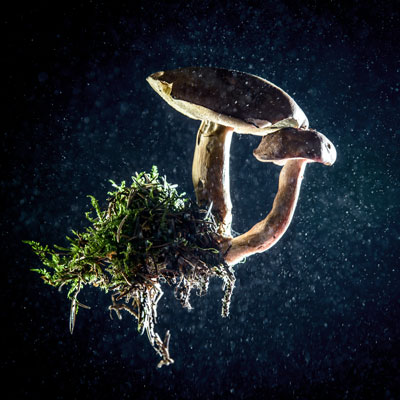
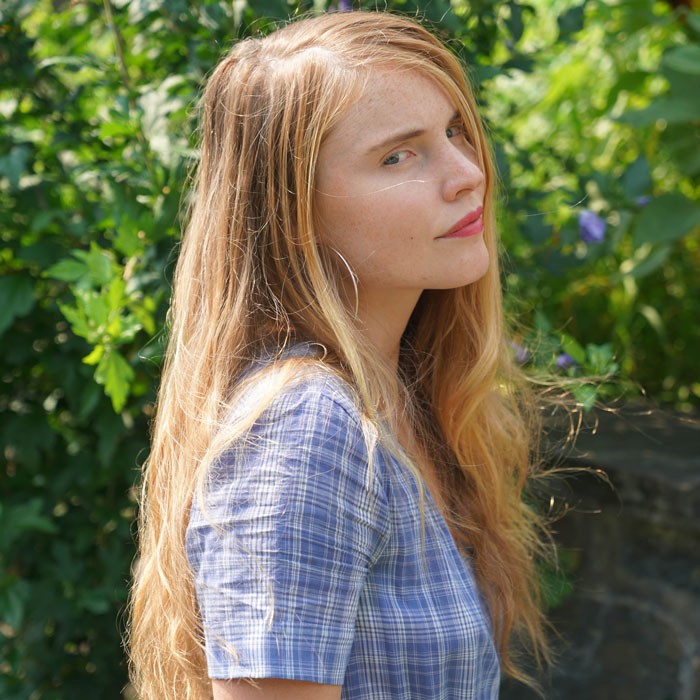





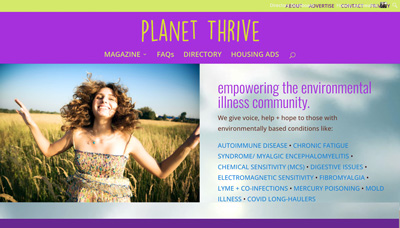
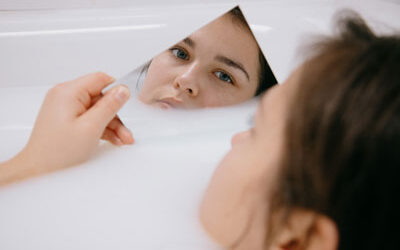
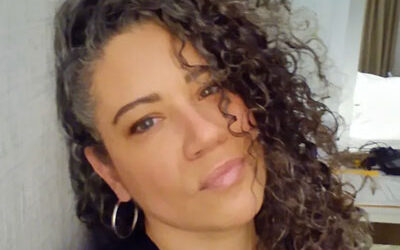
So sorry you have this. My wife of 26 years also has EDS. Eight surgeries, near constant pain, susceptible to every passing bug that lays her out three to six times a year, forever at risk of injury from normal daily activities… No solutions or treatments to offer. Sounds like you have good medical care. Just wishing you clarity, courage, and many asymptomatic days. Your essays that I’ve stumbled across on FB have been a real gift to me. Looking forward to buying your books when they come out. Many blessings to you and yours.
Thank u for this essay. I struggle with Eds every day so thanks for working to keep
People aware.
Thank you so much for sharing this. It helped me tremendously.
Dealing w/ complex body existence of EDS (latest trick spontaneous spinal fluid leaks), Adhesive Arachnoiditis, Noonan Syndrome…tho some say Turner…a.o.
Recently, waking from a lucid dream or dreaming after a pain wake…I realized I NEED mushrooms.
Next day I started microdosing psilocybin along w/a “all the good medicinal/supplement ones”capsule.
Just ran into your writing while struggling to sleep via AFP.
Just…
Yes.
Dear Sophie Strand,
Thank you. I have been healing myself with the Mycelial Network and am so joyful to read this beautiful essay.
I was doing a meditation on the Mycelial Network leaning against a great tree. I began to see the Network as these beautiful fibers,threads made of light. I thought, o!it looks just like my nervous system. It seems s my nervous system!So I began to open my whole being to feeling ,seeing ,touching ,being in total interconnectedness with e Network and feeling it travel through my whole body. My body was immediately changed,the pain lessened and and has now almost completely gone. It is and has been my great belief for a long time, that it is our disconnection from the Earth that is causing all illness and imbalance on both sides.
I am 70 years old and have been a healer for the last 35+ years .
Deepest gratitude,Kate Rose